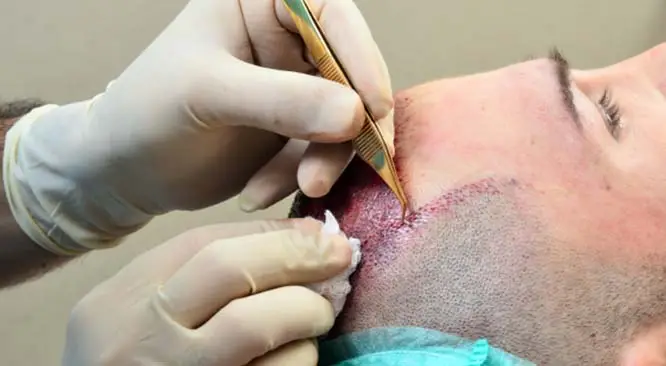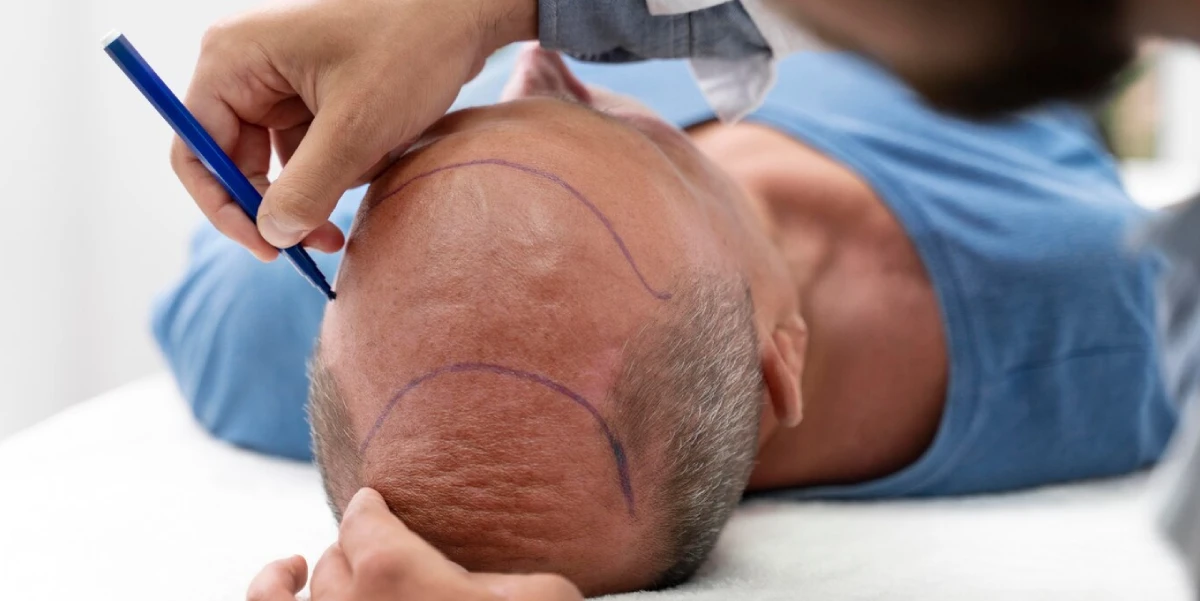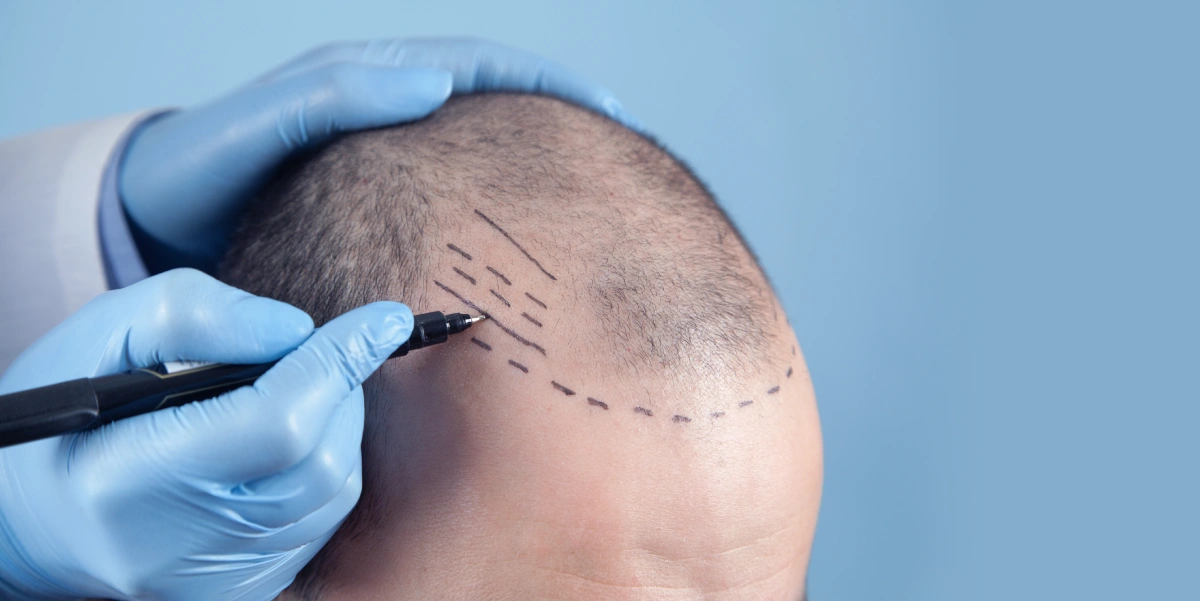How painful is hair transplant?
- By Harleys Clinic
- Mar, 26 2021
It goes without saying that patients need to avoid pain during any clinical procedure or surgery. Particularly if the methodology is an elective or cosmetic one. In this way, it makes sense that patients frequently get some information about pain and hair transplant procedures. In particular, they need to know whether a hair transplant is an painfull technique or if they will feel any pain during the procedure?
Fortunately, the answer is: no, a hair transplant is certainly not a painful procedure. Nonetheless, this doesn’t mean there is definitely no uneasiness at all. Indeed, even the most insignificantly intrusive or kindhearted operations do have some level of distress, and a hair transplant is no exemption. Fortunately, the “pain” is brief and transitory. Most patients report basically, no pain at all and portray a hair transplant as an extremely simple and to some extent a good experience. Despite the fact that it could be a “simple” experience, patients should, in any case, comprehend what this involves and what kind of inconvenience they may feel previously, during, and after a medical procedure.
Before The Surgery:
The only inconvenience a patient feels during a hair transplant includes numbing medicine. When the scalp is prepared and numb, a patient feels nothing all through the whole day. The process of numbing the scalp is done in two sections: numbing in the donor area where we take the grafts from, and numbing in the donor territory where we will embed the new grafts.
Numbing in the donor area occurs before the medical procedure itself truly starts. The injections are superficial, speedy, and done using a fine needle. Along these lines, pain is minimal. Most patients compare it to a slight “pinching” sensation immediately followed by numbness as the medication “kicks in.” While it takes around 10-15 minutes for the numbing medicine to produce full results, most patients report feeling numb inside the space of seconds to minutes. After this, nothing else is felt in the donor area. The specialist can remove the tissue — either by means of the FUT/strip or FUE technique — without the patient feeling anything. The numbing drug ordinarily goes on for 3 hours and is occasionally finished up for the duration of the day preceding it wears off and patients may encounter inconvenience.
During The Surgery
As depicted above, patients will feel nothing during the extraction part of a medical procedure after the numbing medicine is applied The removal of the grafts from the donor and re-implantation of the grafts in the recipient areas (the going bald and diminishing region). Very much like in the donor district, the recipient area should be numb before the specialist can create entry points and the grafts can be set once again into the scalp. This process is identical to the donor numbing; the specialist will infuse the same local anesthesia into the recipient region (or, all the more precisely, directly in front of the recipient region several millimeters in front of the hairline) and the whole area will numb inside a couple of moments. After the numbing sets in, the specialist and professionals can work in the area without the patient feeling anything. The numbing in the recipient region is the last thing the patient will feel for the whole day. After this, the whole scalp — from the extreme front to the donor in the exceptionally back — is totally numb. The whole medical procedure would now be able to be finished with no discomfort.
After The Surgery
So we realize patients will have no pain during a medical procedure after the anesthesia is regulated, however what about after surgery? What occurs after the numbing medicine wears off? Fortunately, patients report next to no discomfort after medical procedure also. The specialist will redirect the numbing drug after a medical procedure is done. This implies the patient has roughly 3 hours of numbness before it wears off and any sort of discomfort may happen. The patient currently has 3 hours to return to where they are remaining, get settled, and, in particular, start the post-operative pain medicines. In the event that the patient accepts
the oral drug as instructed and develops some pain medication in their system before the numbing wears off, the transition should be pleasant and feel no discomfort. Hence, is a hair transplant painful? Thanks to local anesthesia and post-operative pain medication, no, a hair transplant isn’t painful. While no medical procedure can be totally effortless and some concise and likely transitory degree of discomfort is conceivable, a hair
transplant is ordinarily a wonderful and simple experience for most hair loss sufferers.






